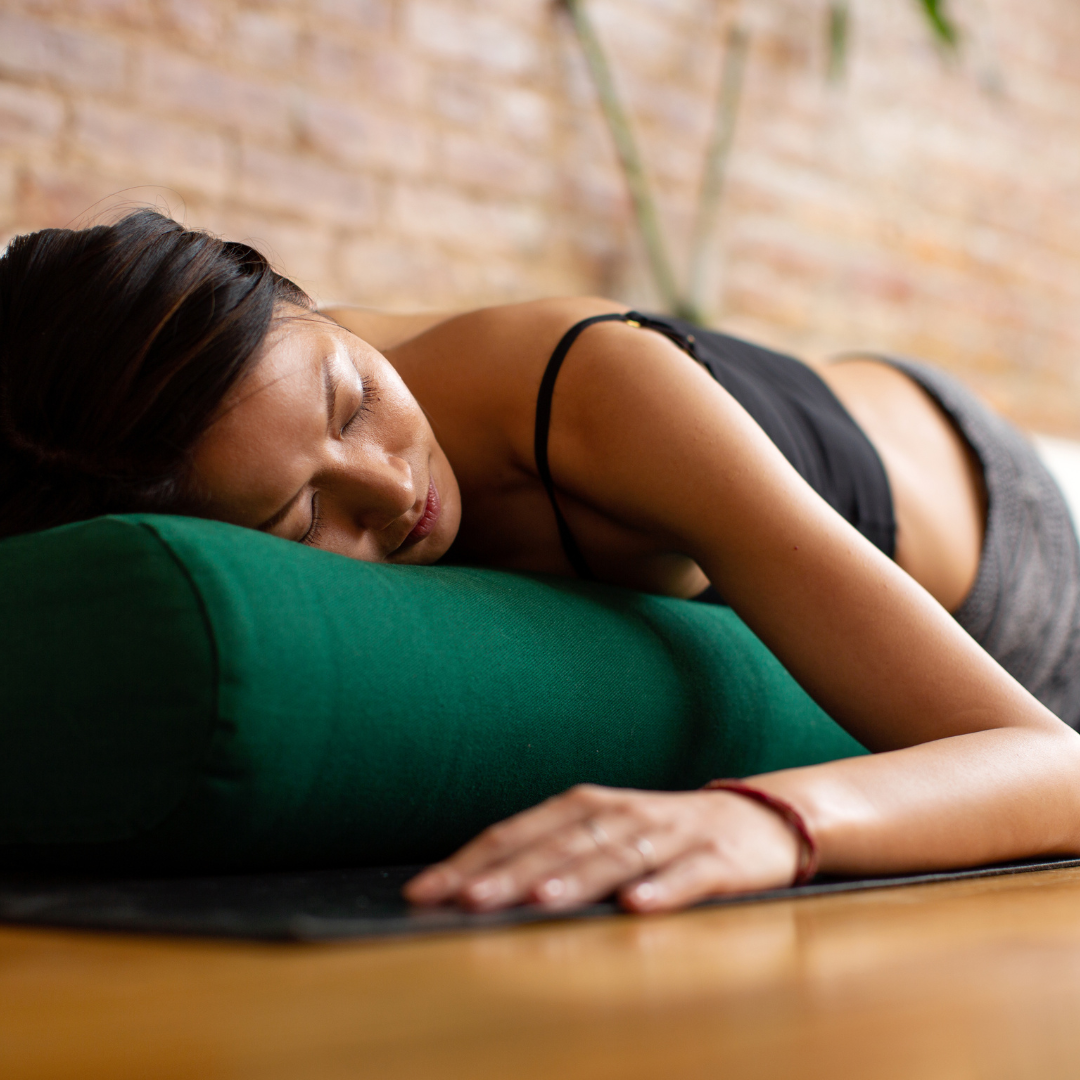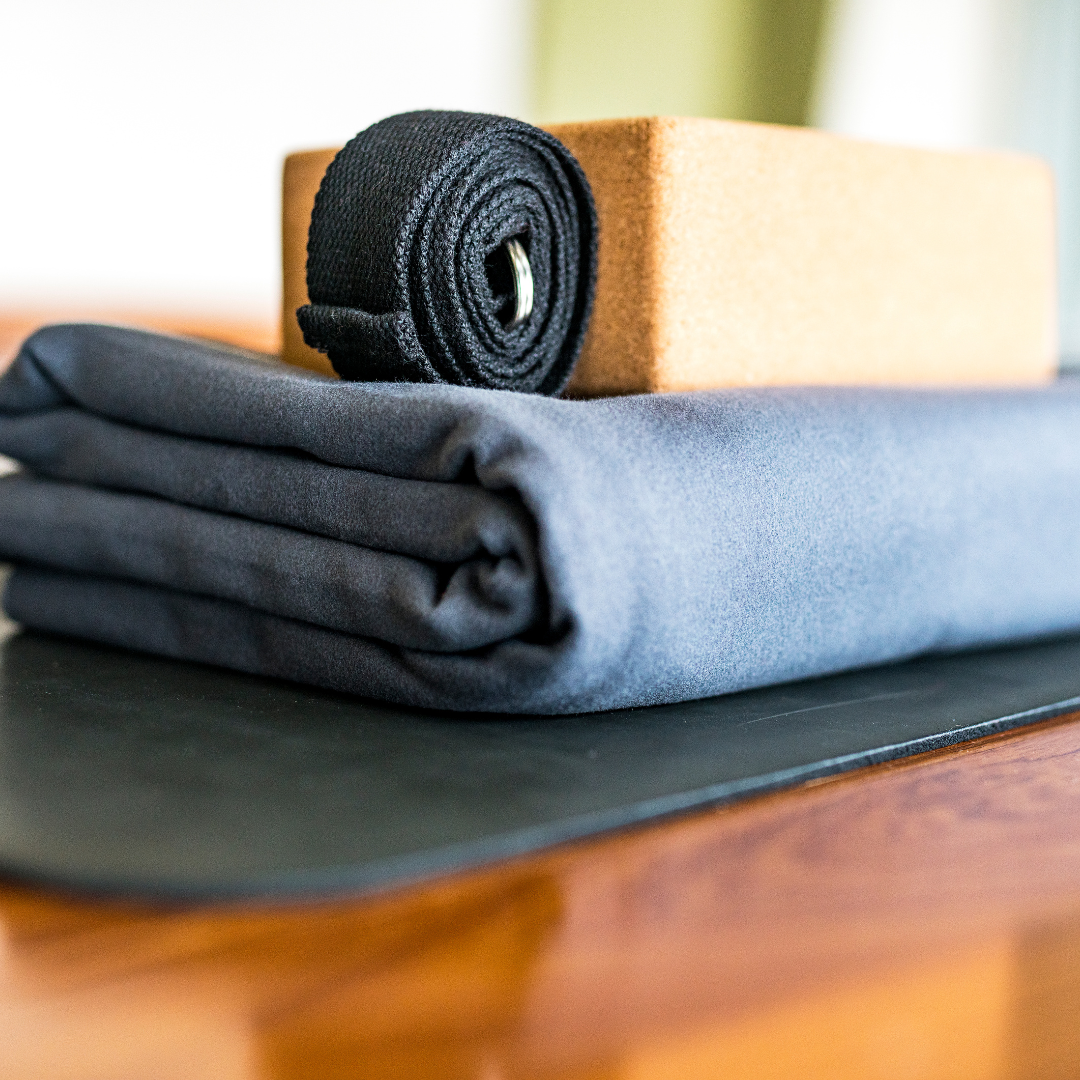Yin Yoga: Everything You Need To Know
In the bustling world of yoga, where dynamic flows and intense acrobatic postures often take center stage, there exists a gentle practice known as Yin Yoga. Rooted in ancient Taoist traditions and influenced by mindfulness, Yin Yoga is a quiet revolution—a practice that emphasizes stillness, surrender, and a deep exploration of the self.
What is Yin Yoga?
Less dynamic, more grounded, in many ways more demanding. Not physically, but mentally. Yin Yoga is a slow-paced, meditative practice that targets the connective tissues, such as ligaments, tendons, and fascia, rather than the muscles. Postures, are often held for extended periods (3-8min), inviting students to soften into discomfort. This practice promotes flexibility, resilience, and an mindful observing experience of mental and emotional patterns.
Key Principles of Yin Yoga:
Long Holds: Yin postures are typically held for three to five minutes or even longer, allowing time for a deep release and an intimate dialogue with the body.
Stillness in Motion: In Yin Yoga, the stillness within each posture becomes a moving meditation. Students are encouraged to observe sensations, thoughts, and emotions without any attachment or judgement.
Mindful Breath: The breath is the silent companion in Yin practice, guiding students into a state of presence. Mindful breathing improves the ability to meet challenges both on and off the mat after the practice.
Benefits of Yin Yoga:
Improved Flexibility: Yin postures gently stretch and rehabilitate the connective tissues, enhancing joint mobility and overall flexibility.
Stress Reduction: The slow pace and emphasis on mindfulness make Yin Yoga a powerful tool for stress reduction, promoting a sense of calm and relaxation.
Deep Self-Reflection: Yin Yoga creates space for introspection. The stillness invites students to explore their inner landscapes, increasing self-awareness and emotional resilience.
“The essence of yin is yielding. Yang is about changing the world; yin accepts the world as it is. Neither is better than the other. There are indeed times when it is appropriate and even necessary to change the world; other times, it is best to just allow things to unfold.”
Who is Yin Yoga good for?
Yin Yoga is accessible to students of all levels. Its inclusive nature makes it particularly beneficial for individuals recovering from injuries, those seeking balance in their dynamic practices, or anyone needing more contemplative and restorative experience - in today’s world who doesn’t need a space to slow down?
My Experience With Yin Yoga
I’m not going to lie, it wasn’t love at first sight. Why? Because it’s a practice that makes you stop. Stop and be with yourself, observe emotions, feelings, sensations and sometimes these are not pleasant experiences. But my injuries forced me to move away from a dynamic Vinyasa towards a gentler Yin Yoga and with hesitance I gave this practice a chance. It made me observe my physical pain and notice, probably for the first time, my mental suffering. And that’s where my healing journey began. Yin Yoga and its stillness really brought me to a different place and that’s why I believe in this practice so dearly.



